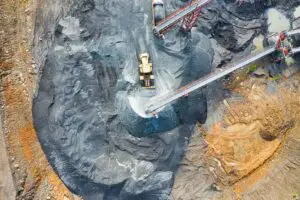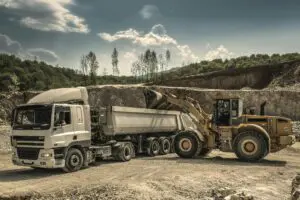The mining industry faces increasingly complex challenges from the weather, climate change, and a global push to become more sustainable. But mining is complicated, restricting operations can cost millions of dollars and needed supply of metals.
Weather and changing climatic conditions will affect mining operations and supporting infrastructure. As severe weather events continue to rise, companies and investors must consider the impact on equipment, employee safety, the availability of transportation routes, along with the price of water and energy supplies.
Costmine Intelligence used its data and looked at the annual average precipitation from over 3500 in operation mine sites around the world to reveal the world’s wettest mines. You can zoom in and interact with the map below to find out the data from these mine sites.
Top 10 wettest mines

Rain and Mining Operations
The risks of heavy precipitation include:
- Land transportation route disruption
- Degradation of roads
- Disruption in delivery of input materials such as steel, timber, cement, hydrochloric acid, and cyanide, or consumables such as diesel, tires, and reagents
- Tailings dam failures
- Release of contaminated water into surrounding areas
- Remediation costs
- Increases in environmental liability
- Impacts on community health and safety
If heavy rainfall leads to flooding, then this can lead to operational disruptions, which include mine closure, washed-out roads, and unsafe water levels in tailing dams. Experts observed 10 percent annual production losses from wet weather at an open-pit coal mine.
Extreme weather also affects different commodities in different ways. For example, iron and zinc are the most exposed to flood occurrences, at 50% and 40% of global volume at risk, respectively.
Without this knowledge or data, many investors and those who make decisions are making decisions blind.
Making Better Decisions with Data
Climate change increases the risk of more frequent and intense natural disasters that may damage mine, transportation, and energy infrastructure. As a result, these events disrupt construction and operations. With the rise in unpredictable, extreme weather events, the supply of critical inputs to mining processes, such as water and energy, is likely to face greater constraints.
While no one can predict the weather with certainty, it is important to know the conditions in which a mine operates to make appropriate plans and mitigate the risks of rain. Costmine Intelligence can offer the data needed to make better decisions.





















